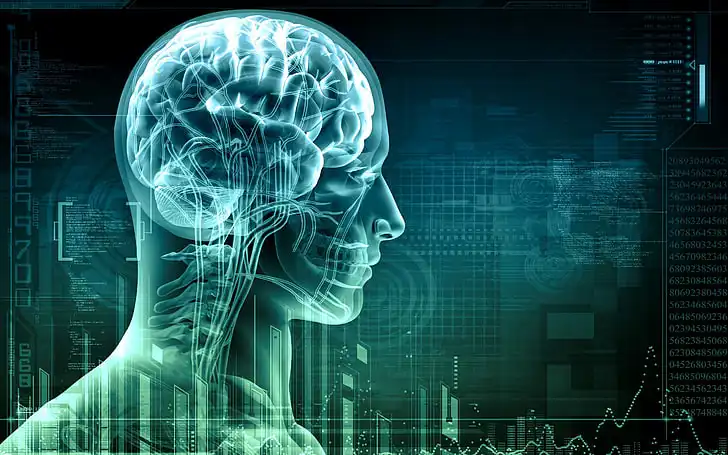The Disappearance of Human Tails
The loss of tails in human beings is a fascinating aspect of evolution. Though our earliest ancestors were characterized by a protruding tail, modern humans are tailless. Evolution, as a process, involves the gradual elimination of traits unsuitable for survival, which explains the disappearance of our tails.
Today, humans continue to have a vestigial tail during the early stages of development within the womb, highlighting an evolutionary past once dominated by this appendage. This tale of tails posits exciting questions about tail evolution and why human beings parted ways with this body part.

Understanding tail evolution involves brushing up on embryology- the study of embryos and their development. The human embryo goes through a stage where it presents a tail, initially growing longer before finally disappearing, leaving behind the tailbone.
In the first quarter of growth, the human embryo develops a tail but, contrary to other animals such as monkeys, humans lose this tail before birth. Scientists have uncovered the mechanisms behind these mechanisms, exposing developmental and molecular aspects manipulating our anatomy.
The Role of Genes
The disappearance of the tail in human embryos has been linked to the action of specific genes. The homeobox (Hox) gene family, in particular, controls body segmentation and the growth of individual regions. Some Hox genes are responsible for suppressing tail development in humans.
One such gene, Cdx, has been implicated in tail length regulation. When functioning properly, Cdx genes inhibit tail growth in animals, including humans. However, mutations to these genes might result in elongated or truncated tails, indicating their significant role in tail evolution.
Additionally, the Sonic Hedgehog (Shh) gene significantly contributes to vertebrate patterning, impacting tail structure. Variations in this gene could affect tail morphogenesis, contributing to the genetic basis of taillessness in humans.
Thus, specific gene activities and regulatory mechanisms play an essential role in tail evolution and the lack thereof in humans.
Apoptosis and Tail Absence
Embryonic tail disappearance is largely attributed to a process known as apoptosis, or programmed cell death. This mechanism allows for the elimination of cells in an organism to maintain balance and growth. During human embryogenesis, the tail not fully developed goes through apoptosis, leading to its disappearance.
Apoptosis begins when the embryonic tail reaches its maximum length. Gradually, cells at the tail's tip begin to die, with the trend proceeding towards the tail's base. This process continues until the tail completely disappears, keeping only the coccyx or tailbone as residue.
Importantly, apoptosis is self-regulated, occurring naturally within the organism. Studies have suggested that certain genes, including the Msx1 and Msx2, are linked to apoptosis, regulating the extent of tail growth by initiating cell death when necessary.
Apoptosis is, therefore, another vital procedure in shaping human tail evolution, contributing to taillessness in the modern human.
Environmental Implications
Moving away from molecular factors, environmental influences have also been suggested to contribute to tail loss in humans. A prominent theory is that as hominids began to move upright, having a tail was a disadvantage, leading to its gradual elimination through natural selection.
Walking erect, characteristic of the human species, might have necessitated a more compact form to maintain balance and agility. In this light, a tail would prove not only unnecessary but also obstructive to efficient bipedal locomotion.
Accordingly, natural selection might have favored tailless humans, facilitating their survival, procreation, and proliferation, ultimately leading to a tailless human species.
This survival approach demonstrates how a combination of genetic, embryonic, and environmental factors could have worked synergistically, leading to taillessness in humans.